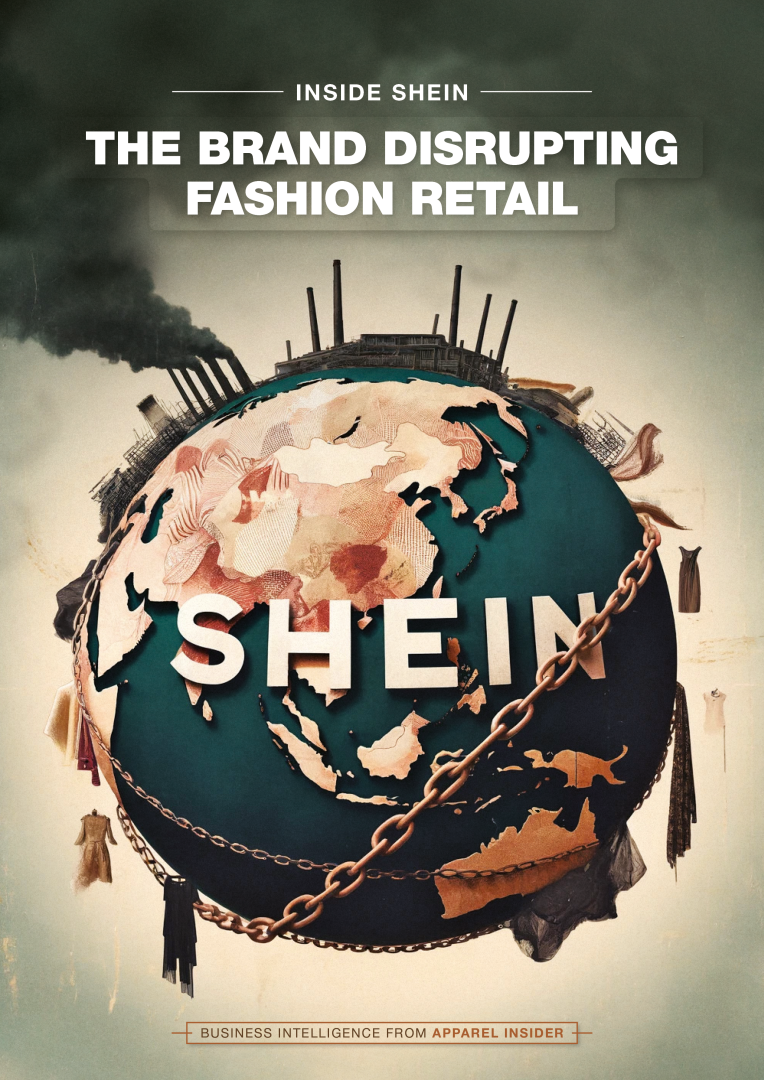LONDON – Garment worker burnout, as well as being unethical, is also bad for business. The cover story of the latest printed edition of Apparel Insider looks at research on the short working life span of garment workers. “The typical work lifespan for a woman in the RMG sector is three to seven years,” Anu Muhammad told us when we asked him about his contribution to an excellent report by Fair Action which interviewed a number of young workers in the Bangladeshi ready-made-garment industry. Muhammad is professor of economics at the Jahangirnagar University in Dhaka and has carried out extensive research on wages in Bangladesh’s RMG industry.
Muhammad suggests many women in Bangladesh leave school at 15-16 years of age and join the garment industry because it is necessary for their family’s survival.
He stresses that the intensive nature of factory work along with the long hours makes many workers physically unfit to continue after the age of 30. Moreover, his findings suggest very few female garment workers who leave the industry in their thirties have been able to save some money to become more self- reliant and independent: “After 15 years you have been used up and it is not possible to have a financially secure life after retiring,” he says.
So what happens to workers after that? “Usually they return to their village and try to begin with a small shop or work in farms,” he told us.
In our latest magazine we also look at chemical textile-textile recycling innovations. The past 18 months have seen clear signs that sophisticated technologies to recycle post-consumer textile waste are set for commercialisation. With so many different projects out there, we decided to take stock of the current state of play with a run-down of the most promising innovations on the market.
To subscribe, click HERE







